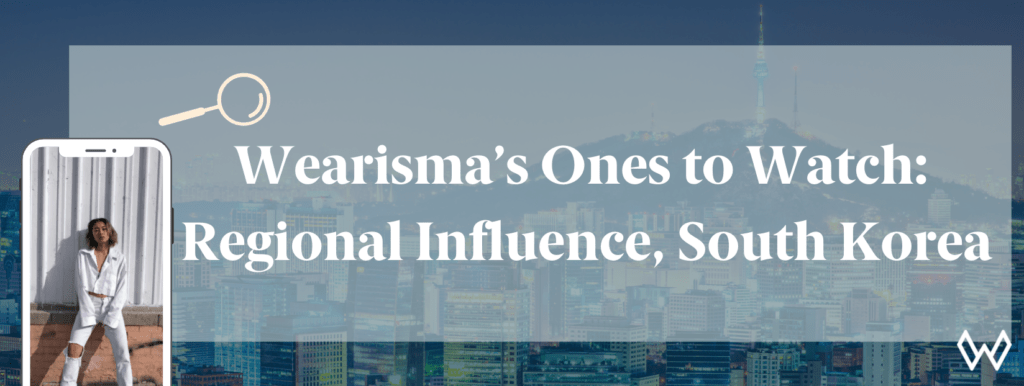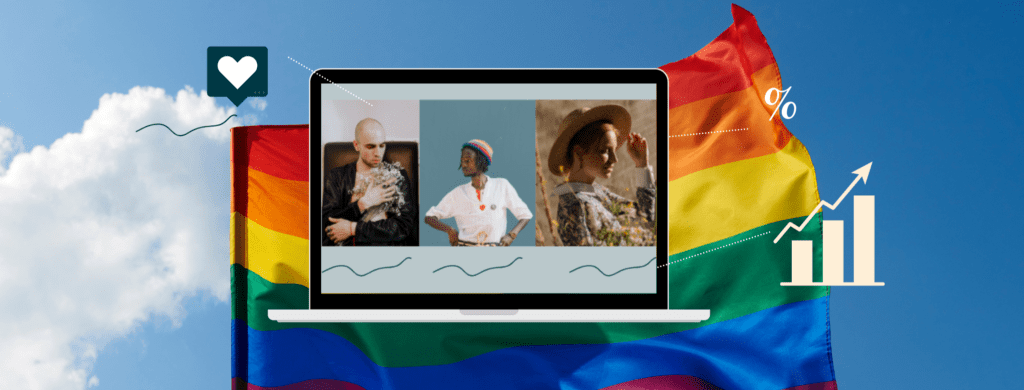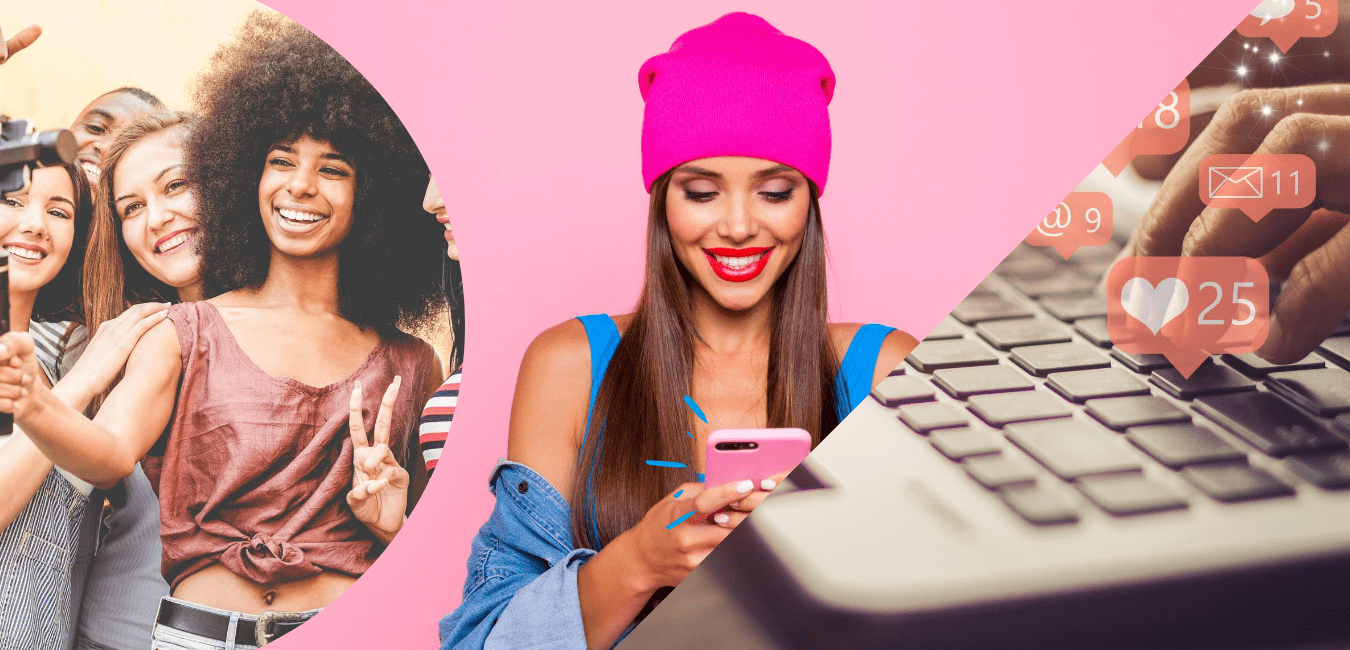
Why influencers are increasingly becoming the only viable marketing channel
The pandemic has propelled brands into unchartered territory when it comes to the way they communicate with their consumers. As the dust settles on our new reality, influencer marketing has emerged as a leading channel for its ability to help brands build communities and engage consumers in a consistent and authentic way. The uptake in social media usage coinciding with changes to the advertising industry has caused influencers to emerge as one of the few remaining viable marketing channels. Below, we’ve identified reasons why now is the time to up your influencer marketing investment and what you need to know about this evolving industry.
3 reasons why influencers are a crucial part of the marketing matrix:
1. The phasing out of third-party cookies and increased levels of data privacy online makes social media marketing more relevant
Safari, Chrome, and Firefox have started phasing out third-party cookies, making marketing space on social media all the more valuable. Third-party cookies help websites remember information about you using tracking codes and their appeal lies in their targeting capabilities. While targeting allows brands to appear to those with a vested interest in their products, many have claimed it is a breach of privacy, resulting in their gradual removal.
Furthermore, this week, Apple announced it will going a step further to protect the online privacy of app users. Now, users will have to provide explicit permission for apps to track their digital footprint; a move that will drastically impact big ad spenders who rely on behavioural data to produce highly targeted advertisements.
Influencer marketing is a natural replacement given that it can offer the same effect as cookies, minus the privacy concerns. Strategically partnering with influencers based on their audiences’ interests increases the chance of your products reaching those who will be interested in them – a similar effect to third party cookies. Choosing influencers based on their audiences’ interests has become simpler with software like Wearisma’s Influencer Evaluation tool, which not only gives you a breakdown of an influencer’s audience by content interest but further by demographics and even emoji-usage. Targeted advertising is a valuable and effective tool to increase brand awareness and sales. Investing in data-driven influencer partnerships is the best way forward to replicate the success of third-party cookies.
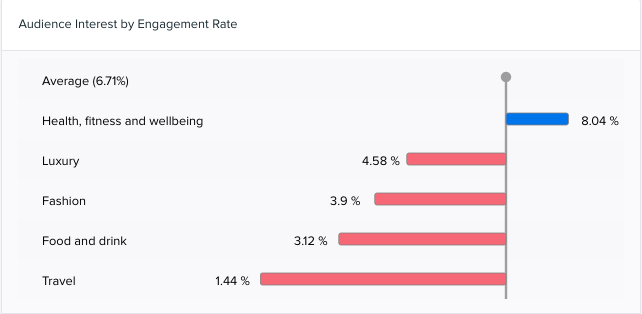
2. Lifestyle changes have resulted in the decline of the effectiveness of OOH advertising
The pandemic has made our daily routines a distant memory. Shopping, dining out and other activities have become increasingly difficult, with social distancing measures and safety concerns drastically reducing time spent outside of the home. Out of Home (OOH) advertisements have therefore lost some of their effectiveness and with the uncertainty of the world today, there is no indicator of if we will be returning to “normal” life.
Companies may be less willing to invest in OOH advertising as it doesn’t have the same exposure. Influencer marketing hereby becomes a worthy alternative, especially as this extra time at home has resulted in many people becoming more active online with worldwide social media users surging by 10% in the last 12 months.
3. Streaming services are outperforming satellite TV and creating a new crop of influencers
With Netflix gaining over 16 million followers in the first three months of 2020, there’s no doubt that streaming is the new normal when it comes to television
Companies like Netflix are making waves with their own production efforts, with many streaming services producing 5-star original movies and shows. Reality TV is an emerging entertainment area with shows ranging from fashion to real estate featuring real people during their everyday lives. A knock-on effect of these shows is that the stars become influencers in their own right, gaining large followings almost overnight. For example, the ladies of the Netflix LA real estate reality show Selling Sunset have rapidly increased their social media audiences with most of them having well over 1 million followers. This increased interest has made them ripe for brand partnerships. One of the show’s stars, Heather Rae Young (@heatherraeyoung), saw her average Engagement numbers increase by 120% during the month the third season of Selling Sunset was released on Netflix. In addition, her Follower count increased by almost 500k during the last two months, which coincided with the lead up to and the release of the show.
Using #realpeople in advertising campaigns is an increasingly popular and effective way to market, and reality stars are no exception. To benefit from these heightened levels of engagement and ensure maximum brand exposure, partnerships with these influencers should be strategically timed with the airing of their respective shows.

Read More: How can Wearisma’s Influencer Evaluation tool help you find influencers that match your brand’s DNA
Now that you’re aware of the increasing importance of influencer marketing, discover how the industry has evolved in 2020.
With influencer marketing becoming increasingly popular, the industry itself is evolving as online audiences form new expectations from brands and influencers alike. What worked in the past won’t necessarily translate in the same way in our new reality, shaping a new standard for influencer marketing which includes socially conscious messaging, authenticity, transparency and real people.
3 changes happening in the influencer industry
1. Community building will be the key to achieving brand loyalty
Brands such as MADE.com and Glossier are pioneers in bridging the gap between brands and their customers by actively involving them in content strategies. Both brands create a sense of inclusiveness by maximising user-generated content. They do this by creating opportunities for customers to participate in campaigns, oftentimes by featuring user-generated content on the brands’ website and social media accounts. Glossier’s campaign #feelinglikeglossier featured real customers on their website and in short videos on their YouTube account. The success of the campaign can be seen in the steep increase in Glossier’s Engagements: a 60% jump from August to September, the month the campaign was launched.
MADE.com also centred their #madedesign campaign around their customers, encouraging them to use social media to showcase their interior design skills using their MADE.com furniture. Images with the hashtag were then used in the brands’ official campaign.
User-generated content builds brand awareness and makes customers feel as if they are involved in the brand’s journey, creating a sense of intimacy in a time when the pandemic has made social interaction scarce.
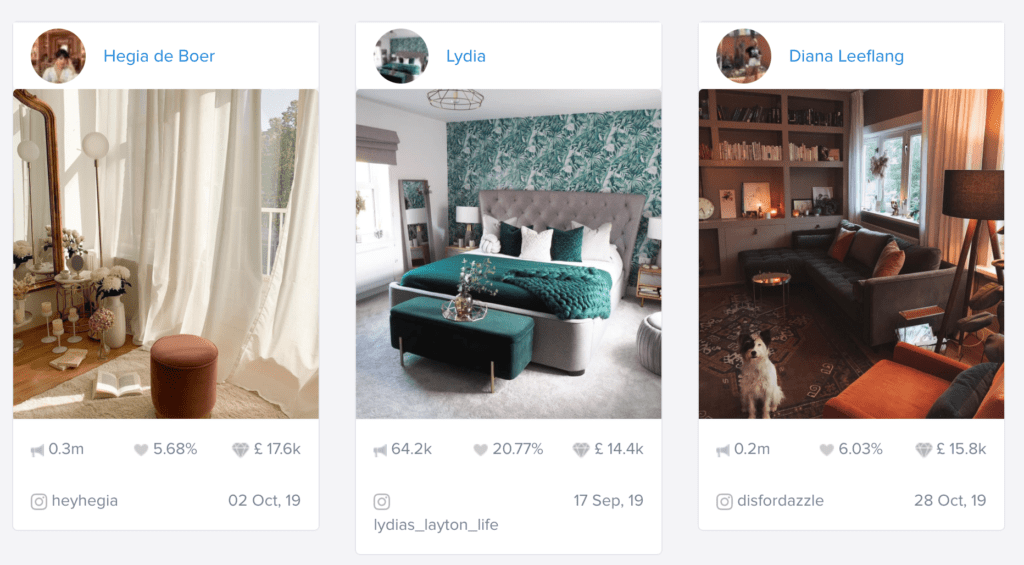
Read more: 5 Homeware Brands That are Dominating Social Media
2. Socially conscious content will drive engagement rates
With the pandemic, environmental disasters and social injustices characterising 2020, social media usage has shifted from a pastime to a place to share vital resources and raise awareness. Brands are no longer at liberty to take a back seat to current affairs, as many consumers have begun questioning whether the brands they buy from align with their core beliefs and values. During Q1, at the height of the COVID-19 outbreak, the brands who thrived were the ones who demonstrated their commitment to their communities, with many companies offering discounts and free goods to essential workers and medical staff.
Fashion brands Pretty Little Thing (PLT )and House of CB picked up on the growing need and popularity of socially conscious content by using social media to give back to their communities.
Through the #prettylittlewishes hashtag, PLT’s CEO, Umar Kamani, took to Twitter to seek out audience requests or ‘wishes’ in need of granting. Kamani paid off student loans, credit card debts, bought Disneyland tickets for a young boy with cancer, and many other gestures of goodwill. His acts of kindness were documented on the news and widely discussed on Twitter.
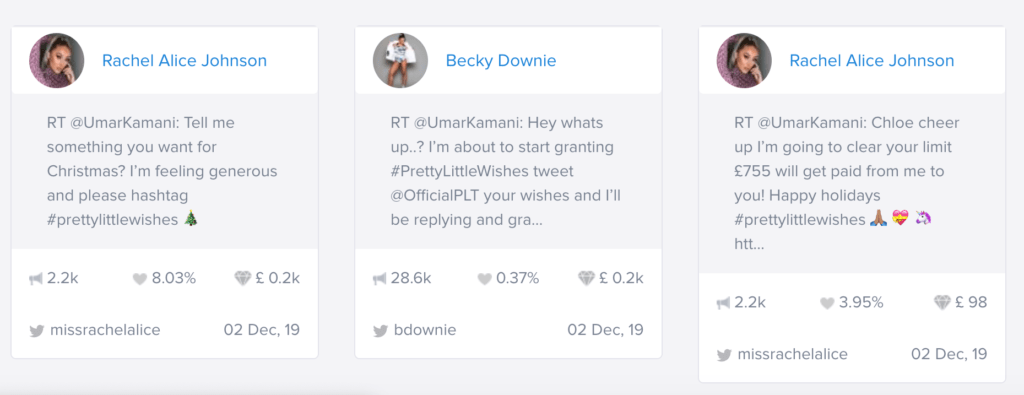
PLT’s brand mentions skyrocketed during the #prettylittlewishes campaign, with Engagements almost doubling in the week of its run showing how much buzz Umar was able to generate with his socially conscious content.
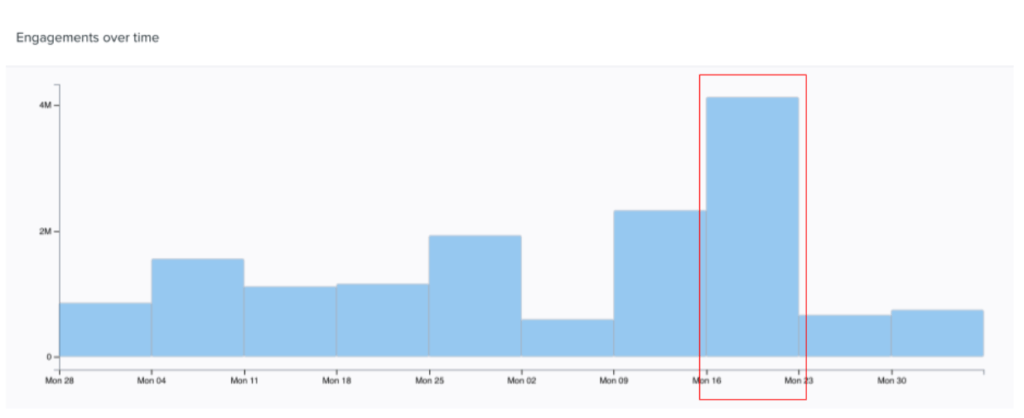
The second iteration of the Black Lives Matter movement was a wakeup call for many brands who previously turned a blind eye to issues surrounding racism, diversity and inclusion. At the height of the protests, Black-owned brand Uoma Beauty launched their #pulluporshutup campaign – a call to action for brands to address their lack of employee diversity by challenging them to release employee diversity statistics. The awareness campaign resulted in a 245% spike in Engagements for Uoma.
3. Partnering with influencers with multiple platforms will be a safe bet
Social media is gaining a reputation of being unpredictable, as multiple platforms have recently been involved in various socio-political battles. Earlier this year, major companies such as Verizon, Unilever, and Adidas joined the #stophateforprofit campaign and removed their advertisements on Facebook. This move followed widespread dissatisfaction regarding Facebook’s policies on combating hate speech on the platform. Influencers with diverse social media portfolios were in the best position to offer advertising space to many companies who had shifted from Facebook.
TikTok experienced similar problems when the president of the United States threatened to ban the app due to apparent national security concerns. Many concerned TikTok stars took to other platforms such as Triller and Instagram (with its new Reels function) to try and mitigate potential damages. With political uncertainty affecting the tech and social media world, spreading out your social media content across multiple platforms is becoming more of a necessity.
Massive changes to the advertising industry are occurring just as consumers have begun to grow increasingly conscious of their buying habits, fostering wide-scale industry change. Influencer marketing will be the way forward for brands who are looking to build solid communities with engaged customers. Wearisma can help you maximise your investment in influencer marketing by helping you partner with influencers who match your brand DNA and providing you with actionable insights to guide decision making. With our tools, you can maximise your ROI as you continue to explore this rapidly growing market.
For more information on our platform and how we can help you achieve your marketing goals contact a member of our team to request a demo.
